04 de April de 2025
The Campos and Torozos Local Action Group has developed the tourist map of the Tierra de Campos and Montes Torozos regions in Valladolid.
- The Campos and Torozos Local Action Group has developed the tourist map of the Tierra de Campos and Montes Torozos regions in Valladolid.
- The objective is to make the territory's tourist offer known to visitors in an informative way.
Just a few kilometers northwest of the city of Valladolid lie two landscapes that have coexisted for centuries while evolving historically and culturally. Tierra de Campos and Montes Torozos, now merged into Campos y Torozos , share traditions and customs that they have decided to promote through their own Local Action Group (LAG) .
The Campos y Torozos GAL , managed by the Tierra de Campos Rural Development Collective Association , was founded in 1991 with the aim of revitalizing its region through the LEADER program . One of its latest initiatives has been the creation of its own educational tourist map, a tool that unites the tourist attractions of both regions. This idea is part of the project "We are Land and Mountain. With you, we make 'Campos y Torozos' a sustainable rural area ," which seeks to ensure that "Campos y Torozos is recognized and valued both within and outside the province of Valladolid," as explained by Javier Paniagua Gutiérrez , manager of the GAL.
Goals
This project aims to attract potential visitors by providing them with a range of tourist opportunities closely linked to the rural environment . But the objectives of the Campos y Torozos tourist map go beyond simply promoting the area's education and outreach. In Javier's words, Paniagua, the objectives of the initiative are:
- Strengthen territorial identity .
- Make the area's resources visible.
- Generate pride of belonging among the local population.
- Project a positive and renewed image of the rural environment.
- Fight against depopulation .
- Revitalize the territory.
- Breaking negative stereotypes in rural areas.
Available content
The map, available online on the website, presents in a simple and visual way the main historical, cultural, and natural resources of the 22 municipalities in the area. The map also includes other content:
- An informative text detailing the interesting features that characterize this Castilian-Leonese region, from historic sites and museums to its iconic walls, castles, and natural features and spaces.
- Graphic resources such as “The 10 must-sees of 'Campos y Torozos'” , a decalogue that recommends visiting places such as the walls of Urueña, the La Santa Espina reservoir, the Mozarabic church of San Cebrián de Mazote or the Tordehumos ecomuseum, among others.
- Contact information for tourist offices, museums, and interpretation centers in the area.
- An educational notebook with exercises, word searches or crosswords related to Campos and Torozos.
- A promotional video of the project.
In addition to the web version, the GAL will distribute copies of the map to the 22 municipalities that make up the Campos y Torozos region, as well as to all tourist offices in the area.
According to Javier Paniagua, "what makes this project special is its ability to integrate resources from different municipalities into a common narrative, strengthening synergies between localities and promoting a sustainable and collaborative tourism model," which has required the involvement of local municipalities and institutional and European support.
Provisional results
Although it is still early to study the results, since the GAL Campos y Torozos is still in the process of disseminating the tourist map both in the media and on social networks, and through local promotional actions, the reception of this initiative has been very positive , as Javier Paniagua states: "It is awakening a growing interest among people looking for authentic experiences in rural environments."
Financing
The project has been 80% funded by the European Union through the European Agricultural Fund for Rural Development (EAFRD) , 14% of the financial support comes from the Ministry of Agriculture, Livestock and Rural Development of the Junta de Castilla y León , and the remaining 6% comes from the Ministry of Agriculture, Fisheries and Food (MAPA) , as reported by the GAL Campos y Torozos itself.











